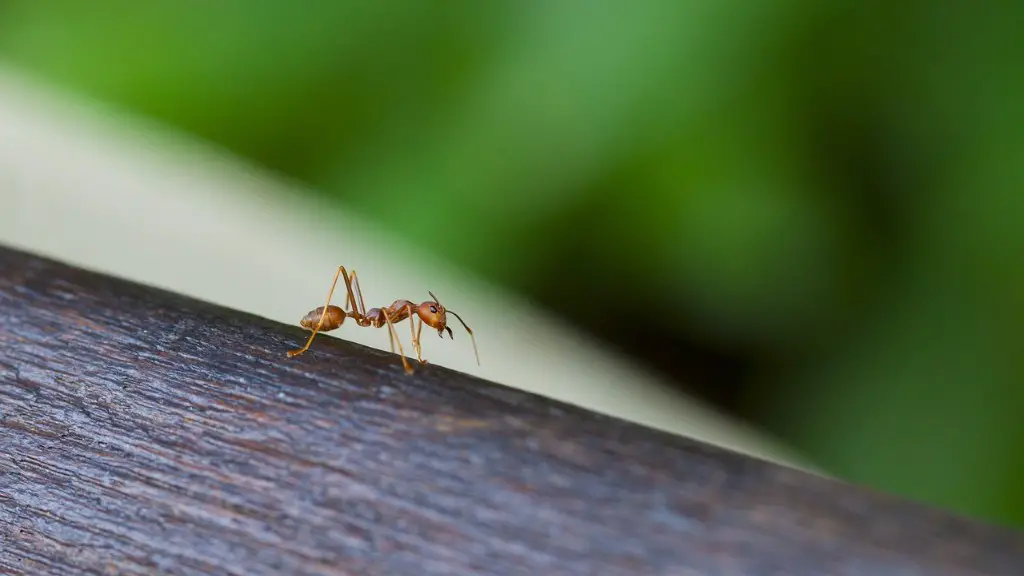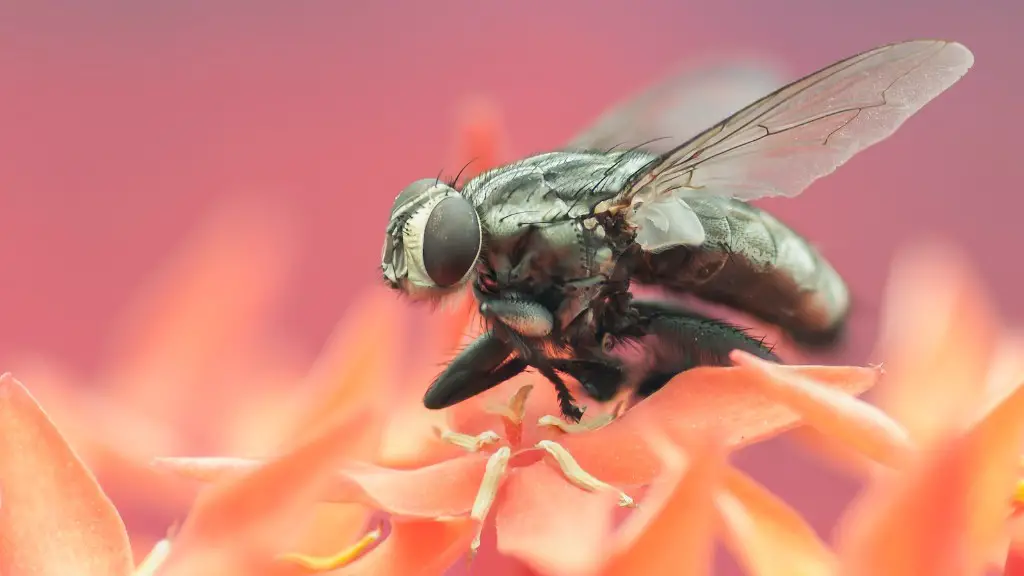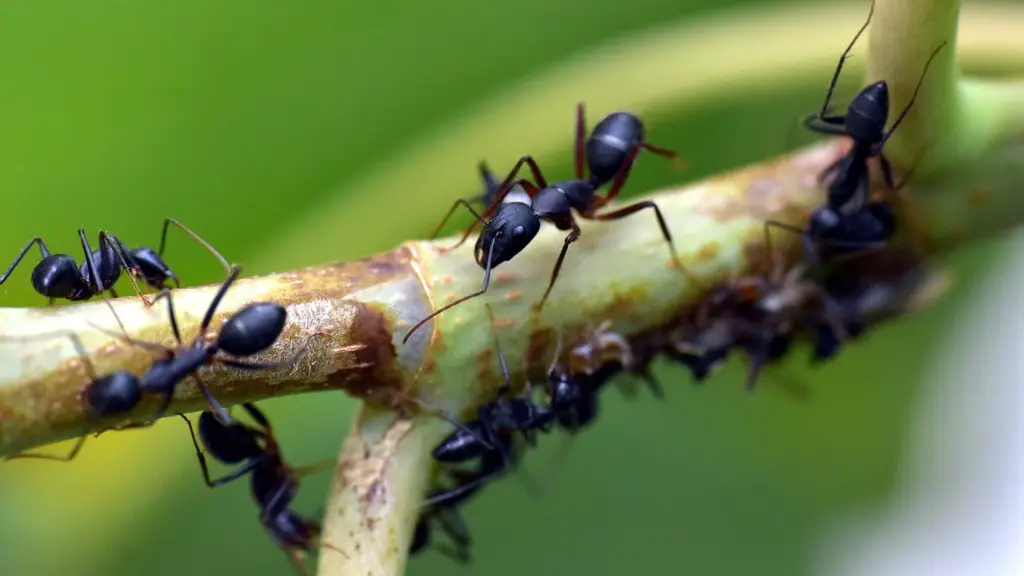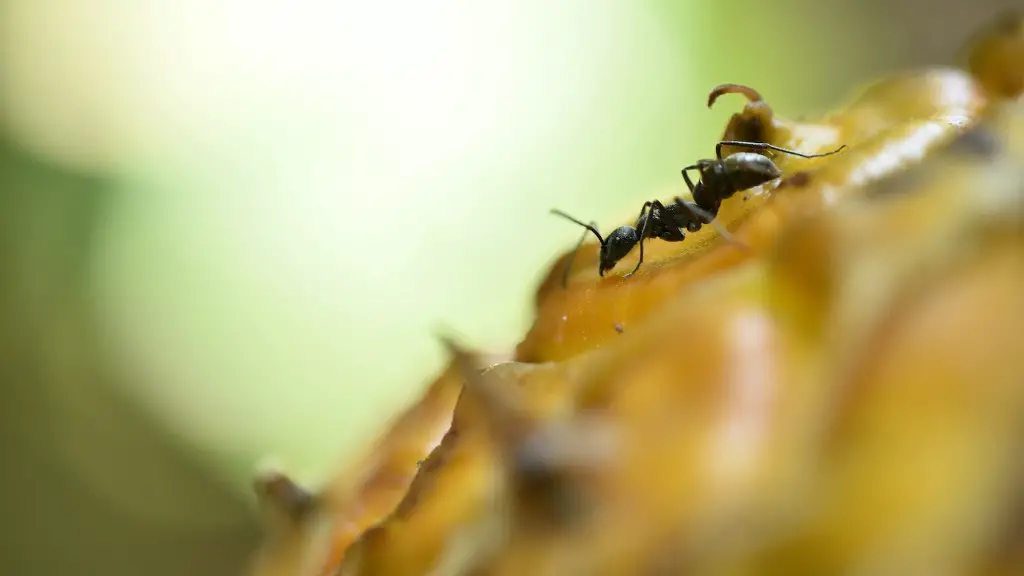Background
Ants are social insects known for their complex organizational structures and wide array of cooperative behaviours. They are some of the most successful creatures on the planet, forming vast colonies and living amongst some of the harshest environments, but they do it by working together. Ants are considered to be some of the most efficient social creatures on the planet, as they have evolved to collaborate in ways that benefit the colony, or superorganism, as a whole. Ants have an innate ability to communicate and share information, however, the way in which they use this information is the core of their cooperative efforts.
Ant Queen
The ant colony is structured around one or multiple ant queens. These ant queens act as the leader of the colony and are in charge of organizing the various tasks and ensuring the colony’s survival. The ant queens lay eggs, regulate the temperature and humidity in the nest, and provide food for the colony. The ant queens are also responsible for releasing pheromones which attract and recruit more ants to the colony.
Divisions of Labor
Within the ant colony, there are multiple small task forces responsible for different aspects of the colony. Each task force has its own specialized roles, designed to ensure that the colony survives and thrives. These divisions of labor are based on the skills and abilities of the ants within the colony. For example, some ants are responsible for collecting food, some for caring for the young, some for building and repairing the nest, and some for defending the colony. Each ant is designed to specialize on one task, although they may assume multiple roles as the needs of the colony change.
Communication
Communication is key to ant cooperative behaviour, as it allows ants to share information and pass on new knowledge from one ant to another. An integral part of this communication is the use of pheromones, which are created and released by the ant queen to signal certain tasks or behaviors. These pheromones can be used to call for help, recruit more ants for a task, or even provide directions to food sources. Ants also communicate through touch, signals, and vibrations to provide information on food sources, nesting sites, and more.
Collective Behaviour
Collective behaviour is when a group of ants works together to perform a task in a coordinated and synchronized way. This is usually seen when the ants need to carry heavy objects or secure a nest. Ants communicate and coordinate their actions to ensure that the task is completed in the most efficient way possible. Collective behaviour is also seen when ants are communicating with each other, as they use their movements, touch, and signals to pass on information.
Self-Organization
Ants are also able to self-organize to complete tasks in an efficient manner. Self-organization is the process in which ants can create and maintain order within their colony without any outside influence. This allows ants to divide labor, build efficient food trails, and create networks of communication without any intervention from humans or other sources. Self-organization is a key component of ant cooperation, as it allows them to make decisions independently of the queen and make sure that the colony runs without fail.
Adaptability
Adaptability
The final component of ant cooperative behaviour is their ability to adapt to changing environments. Ants are able to adjust their behaviour to the needs of the colony, enabling them to survive under different conditions. This allows them to exploit food sources, find new nesting sites, and adapt to new threats from other colonies or predators.
Building Habits
Ants are able to build habits that help the colony survive in certain situations. Habits help the colony store food for lean times, build shelters for protection, and respond to threats from other colonies. Ants can even develop unique solutions to unusual problems that can benefit the entire colony.
Resource Management
Resource management is another key component of ant cooperative behaviour. Ants must manage their resources efficiently, as their survival depends on it. To do this, ants will store food, recycle and reuse materials, and protect their precious resources. Ants are also able to recognize when they need to conserve their resources and limit expenditure so they are not depleting them unnecessarily.
Conflict Resolution
Although the main goal of ant cooperation is to ensure the survival of the colony, there is sometimes an element of conflict. Ants may fight over resources and territory, or even be forced to compete for food and nesting sites. To manage these conflicts, ants will use their pheromones, touch and signals to communicate and resolve the issue in a peaceful manner.
Predation
Ants must also protect themselves from predators, such as other ants, spiders and birds. To do this, ants use collective behaviour to deter predators from their territory, build and repair nests, patrol their nests for intruders, and use their pheromones to alert other members of the colony to threats.
Coordinated Foraging
Another important component of ant cooperation is the coordinated foraging of food. Ants use pheromones, signals and touch to communicate with each other and find food sources efficiently. This allows them to find food even in unfamiliar areas and store food in safe places to ensure that the colony can survive long-term.
Exploring New Territories
Ants are also capable of exploring new territories to find new resources and shelter. Through collective behaviour, ants can come together and search for food, build shelters, and even establish new colonies in unfamiliar areas.
Adaptive Practices
Ants have also adapted advanced practices in order to survive. These include methods like mound building, in which ants can build elaborate underground networks of nests and storage chambers, as well as make use of camouflage and subterfuge to outwit predators.
Nursing Practices
Ans also collaborate in the rearing and protecting of their young. Ants use cooperative behaviour to feed, clean, and protect their larvae, as well as provide food sources and resources for the next generation.
Colony Interactions
Ants can also cooperate with other colonies by exchanging resources and knowledge. Through pheromones and direct contact, ants are able to discern the needs of other colonies and provide assistance where necessary. This allows them to form strong colonies and have a much larger impact on their environment.



